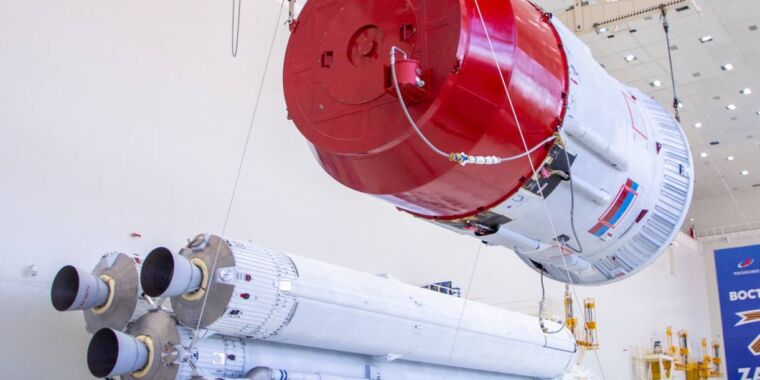After Russian spaceport firm fails to pay bills, electric company turns the lights off
The fall and rise of PSO Kazan
As minor as this dispute may seem, it’s remarkable that PSO Kazan is working on a spaceport in Russia at all.
PSO Kazan won the contract to build the launch site’s second pad, 1A for the Angara rocket, in December 2017. The pad was due to be completed in time for an Angara launch in 2021. The company is owned by a Russian billionaire from the city of Kazan, Ravil Ziganshin, previously known for building sports arenas in the Republic of Tatarstan on the other side of the country from Vostochny.
The adventure into spaceport construction did not go well. According to Russian Space Web, the contract for spaceport construction was not signed until October 2018. Months later, amid allegations of criminal activity and delays, Roscosmos moved to cancel the contract with PSO Kazan.
Other firms emerged as bidders on the contract to build the Angara launch pad, among them the Crocus Group. However, they and others later backed out, saying the Russian government was offering to pay far less money than it would actually cost to build the launch site.
“I said I was ready, but not for that amount of money,” Aras Agalarov, founder of the Crocus Group, explained in an interview at the time. “When they asked me, I said there were two pieces of news. The first was that the second phase of the cosmodrome could be built in two years. The second was that it couldn’t be built with the money allocated. If you increase the cost, you’ll get everything in two years. If not, I’m sorry.”
A toxic reputation?
And so Roscosmos—under the leadership of Dmitry Rogozin at the time—went crawling back to PSO Kazan to lead construction of the Angara launch pad.
“Independent observers were puzzled by the sudden about-face and wondered whether Roscosmos had such a toxic reputation in the construction business that it had failed to attract any other contender for the job and, as a result, the State Corporation had no choice but to keep the original contractor on the hook,” Russian Space Web concluded about the decision.
After years of delays and cost overruns, the Angara pad was eventually completed, with its first launch last November. There does not appear to be too much demand, however, as there has not yet been a second launch from the A1 pad since.
After Russian spaceport firm fails to pay bills, electric company turns the lights off Read More »



